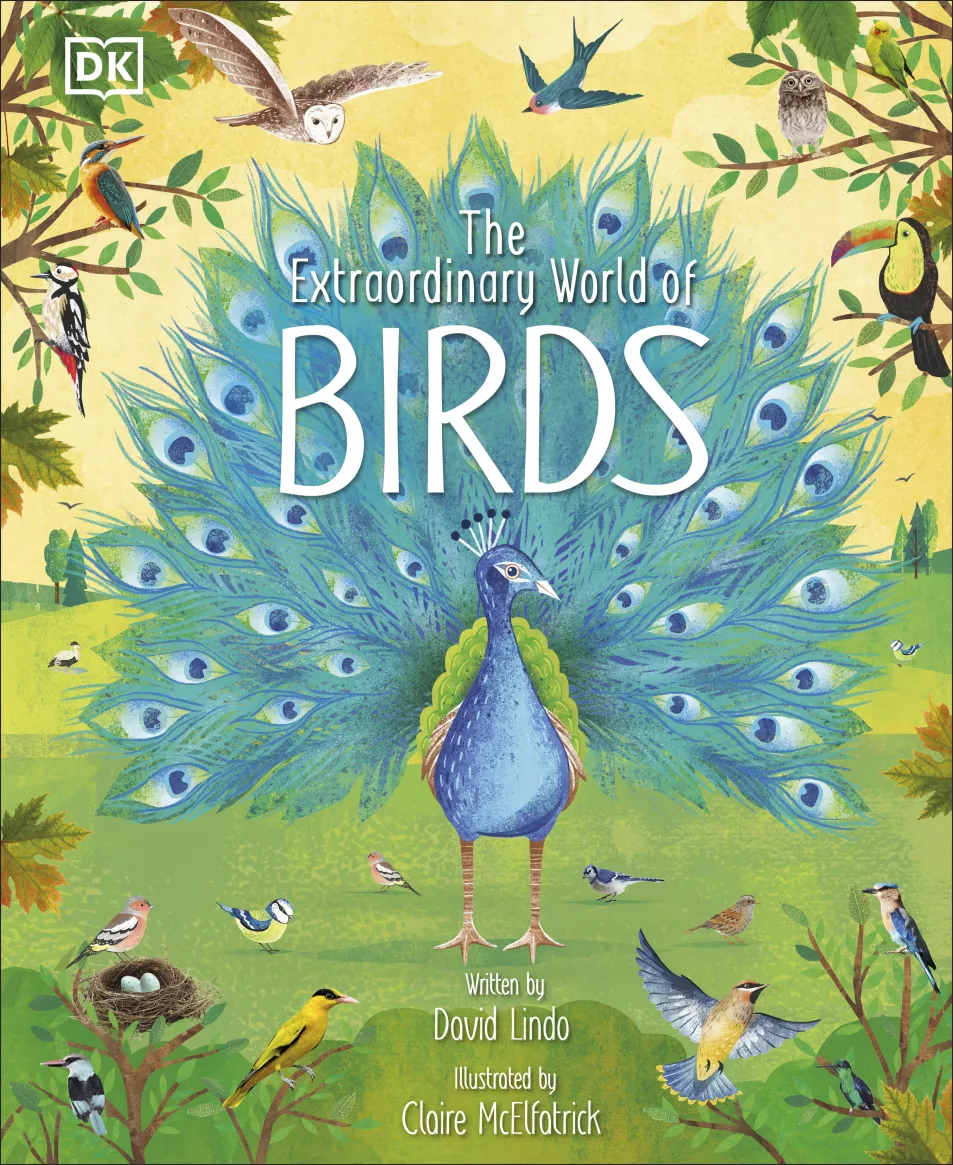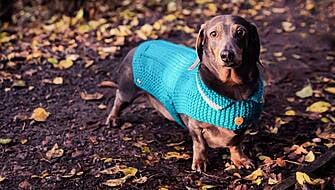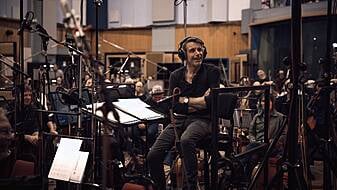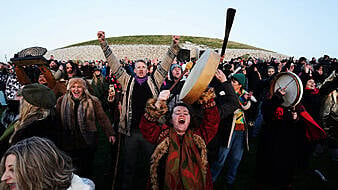You can’t go outside without soon seeing or hearing a bird, yet many of us know very little about our feathered friends.
The best time to start learning about birds and nature is childhood, when all animals are fascinating – says avid birdwatcher David Lindo, aka ‘The Urban Birder’ (theurbanbirder.com), who is doing his best to encourage this with his new book, The Extraordinary World Of Birds.
My new kids book The Extraordinary World of Birds is out in March.
It's also available on presale: https://t.co/71Z4ZgOL5V
Illustrations by @CMcElfatrick @dkbooks pic.twitter.com/X3OZk0lCw5— The Urban Birder (@urbanbirder) February 9, 2022
“It’s so important to capture the imaginations of kids when it comes to nature. Regardless of where you might live, it’s all around us if we choose to notice,” says the presenter, writer and guide. “Birds are everywhere – all you have to do is look up. Nurturing a child’s interest in nature and the environment through the medium of birds has never been so important. And it’s so easy for a parent to engender.”
Like the idea of some bird-watching fun with your kids? Lindo shares the following seven tips…
1. Go out with friends and family to enjoy birds
Lindo says: “I didn’t have the luxury of having an interested family member or friend to fuel my passion and therefore act as a mentor. I had to drive my own interest. What that taught me in later life was that if a child has an interest, fascination or obsession in a particular subject, you must actively encourage it the best way you can – even if you don’t know where the interest came from and it’s an area you have no experience in.
“I’m sure my mother looked at me as child and wondered, ‘Why is my boy so interested in birds?’ But she fed my passion by buying me the occasional book.”
2. Use a book to help identify birds
“My early memories of thumbing through the scant collection of bird books in my local library will always stay with me,” recalls Lindo. “Discovering my first ostrich within the pages of an oversized photographic book on African wildlife, or finding out there was more than one species of sparrow in Britain were biblical moments for me.”
He says kids shouldn’t worry if they can’t identify all the birds they see. “Just enjoy the way they look and how they behave and sound,” he suggests.
3. Buy children some binoculars

Binoculars can really help children see the fascinating details of birds and help them watch their flight. And while the more expensive spy-glasses can cost a lot, you can buy a pair of mini-binoculars for as little as £9.99 on Amazon.
Lindo says that although his mum didn’t share his passion for birds, as well as buying him a few bird books, “after much badgering” she bought him a pair of “game-changing” binoculars too, so he could see his beloved feathered friends high in the sky and in detail. “We were a poor immigrant family, so she had to pay £14.99 for them by hire-purchase. I recently paid her back the money and we’re finally all square,” he jokes.
4. Feed and protect birds
“If you have a garden and put some feed out for the birds, you never know what might turn up,” says an excited Lindo, delighted after seeing a coal tit in his mum’s garden. The RSPB (rspb.org.uk) says birds can be fed various things, including bird seed, fat balls and other fat-based food, meaty tinned dog and cat food, cooked rice, and small amounts of dry breakfast cereal.
View this post on Instagram
“We should actively encourage birds to be around us, to delight us with their multitude of plumages, calls and behaviours,” says Lindo. “Kids should grow up knowing they need to preserve the bird life around them. It should be second nature to identify that without healthy ecosystems – for which birds are an obvious indicator of its health – the environment is weaker. If we don’t learn to love and protect birds, and the environments in which they live, then the health of humanity will suffer. It’s as simple as that. Teach kids to be our protectors – they’ll have fun doing it!”
5. Ask children to teach you about birds
Lido reassures: “You don’t need to be an expert, by any stretch of the imagination. You just need to encourage your children to be aware, to open their hearts and eyes to the natural world that surrounds them. Encourage their wonderment and empower them to teach you about the birds and other nature they might notice.”
6. Encourage children to see their area as a bird might

Help kids think about how things might appear to birds – from up high in the sky or nesting points. This will encourage them to really engage with local wildlife. “The buildings, bushes and trees are great places for finding food, places to nest, and to rest too,” explains Lindo.
7. Don’t forget to look up
“It’s amazing what you can see when you look up,” says Lindo. “Birds of prey, swirling swifts, migrating thrushes, raucous crows. It’s a beautiful world up there. And you don’t have to wear a green anorak or specially camouflaged clothes to watch birds!”

The Extraordinary World Of Birds by David Lindo, illustrated by Claire McElfatrick, is published by DK. Available now.







